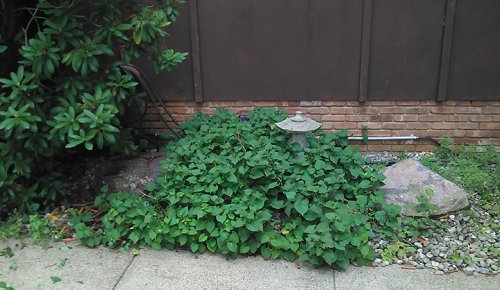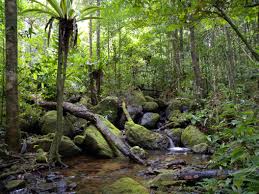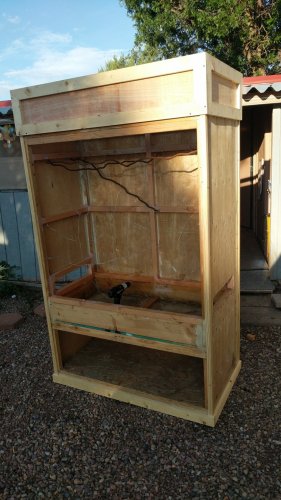cyberlocc
Chameleon Enthusiast
Also guys I made a blog so I can edit it easier, here it is. https://www.chameleonforums.com/blogs/intro-to-the-madgascar-biome-project.2371/
I will likely post to both places, the blog will just be cleaner. If a Mod could edit the OP, and remove the Table of Contents for this,
"(For a cleaner Version, see the Blog at https://www.chameleonforums.com/blogs/intro-to-the-madgascar-biome-project.2371/)"
It would be much appreciated.
I will likely post to both places, the blog will just be cleaner. If a Mod could edit the OP, and remove the Table of Contents for this,
"(For a cleaner Version, see the Blog at https://www.chameleonforums.com/blogs/intro-to-the-madgascar-biome-project.2371/)"
It would be much appreciated.






